Impacts of invasive alien species and climate change on marine ecosystems in Estonia
Invasive species children`s book
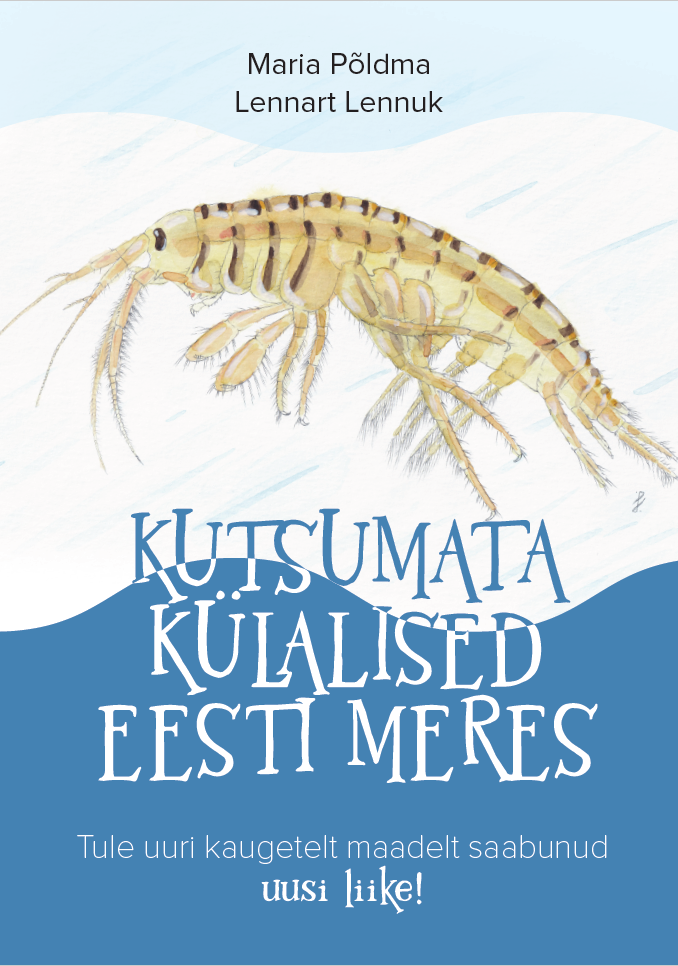
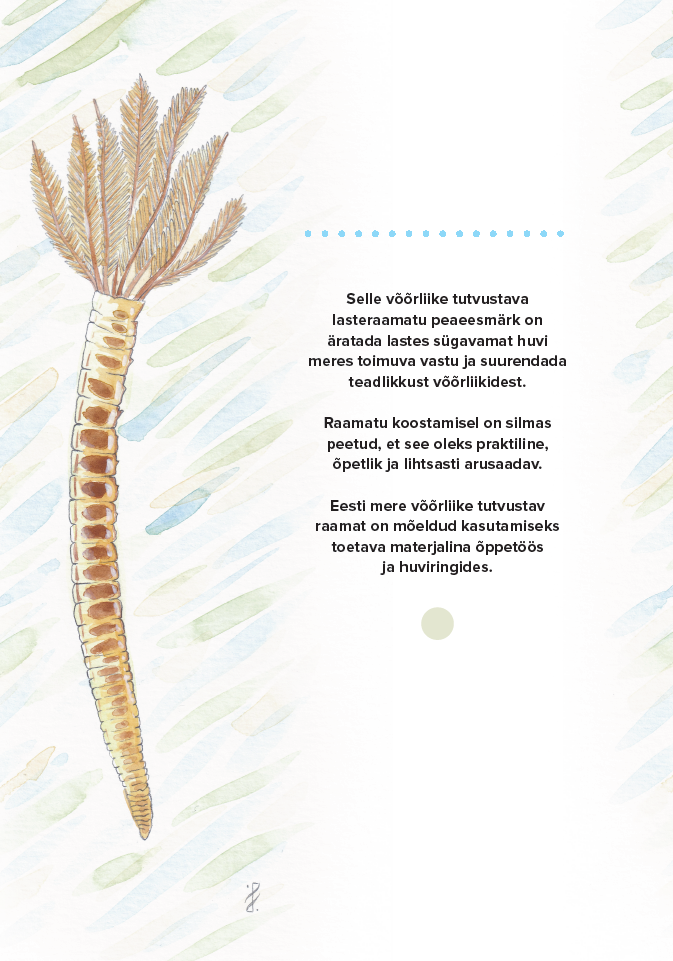
Writing a children’s book on invasive species
With the support of the project, a children’s book on invasive species has been created, with the main aim of stimulating children’s interest in the sea and giving a boost to marine science activities.
Raising awareness and understanding of invasive species and their distribution and impact, and stimulating interest in the subject among children, is critical and will play an important role in shaping future decisions and choices in life. The scientific text of the book is written on the basis that it is practical, educational, and easy to read and understand. The book is intended to be used as a support material for school lessons or for interest groups in relevant subjects.
A total of 5000 copies were printed and will be distributed to schools in Estonia and for use in recreational education.
The children’s book “Uninvited Guests in the Estonian Sea” talks about both microscopic and visible invasive species. On the 32 pages of the book, a total of 12 invasive species are introduced, some of which have arrived in Estonian waters a long time ago and others only recently. The most recent (in last 30 years) species introduced to Estonian waters are the cladocerans Cercopagis pengoi and Evadne anonyx, gammarid amphipod Gammarus tigrinus, shrimp Palaemon elegans, polychaeta Marenzelleria neglecta and Laonome xeprovala, mollusc Rangia cuneata, crab Rhithropanopeus harrisii and fish Neogobius melanostomus, and the oldest (centurys ago) invasive species described in Estonian waters are clams Mya arenaria and Dreissena polymorpha, and barnacle Amphibalanus improvisus. In the book you will learn about each of them, what they look like, how big they are, what they eat, where they can be seen and what impact they have had on our local marine ecosystem. In addition to the description of those 12 species, there are also chapters about how invasive species spread from one area to another and what people can do to prevent their spread.
Download the book here (only in Estonian): KUTSUMATA KÜLALISED LÄÄNEMERES
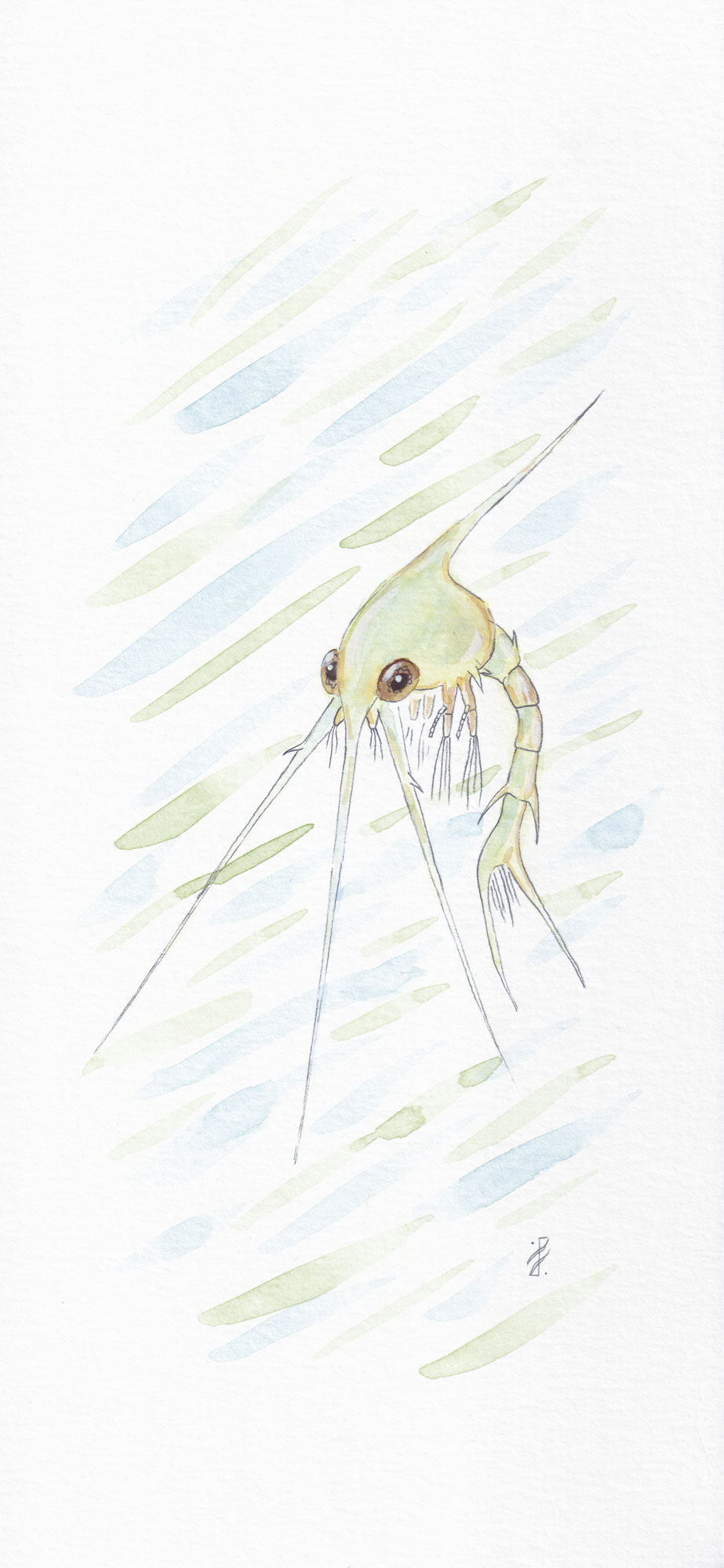
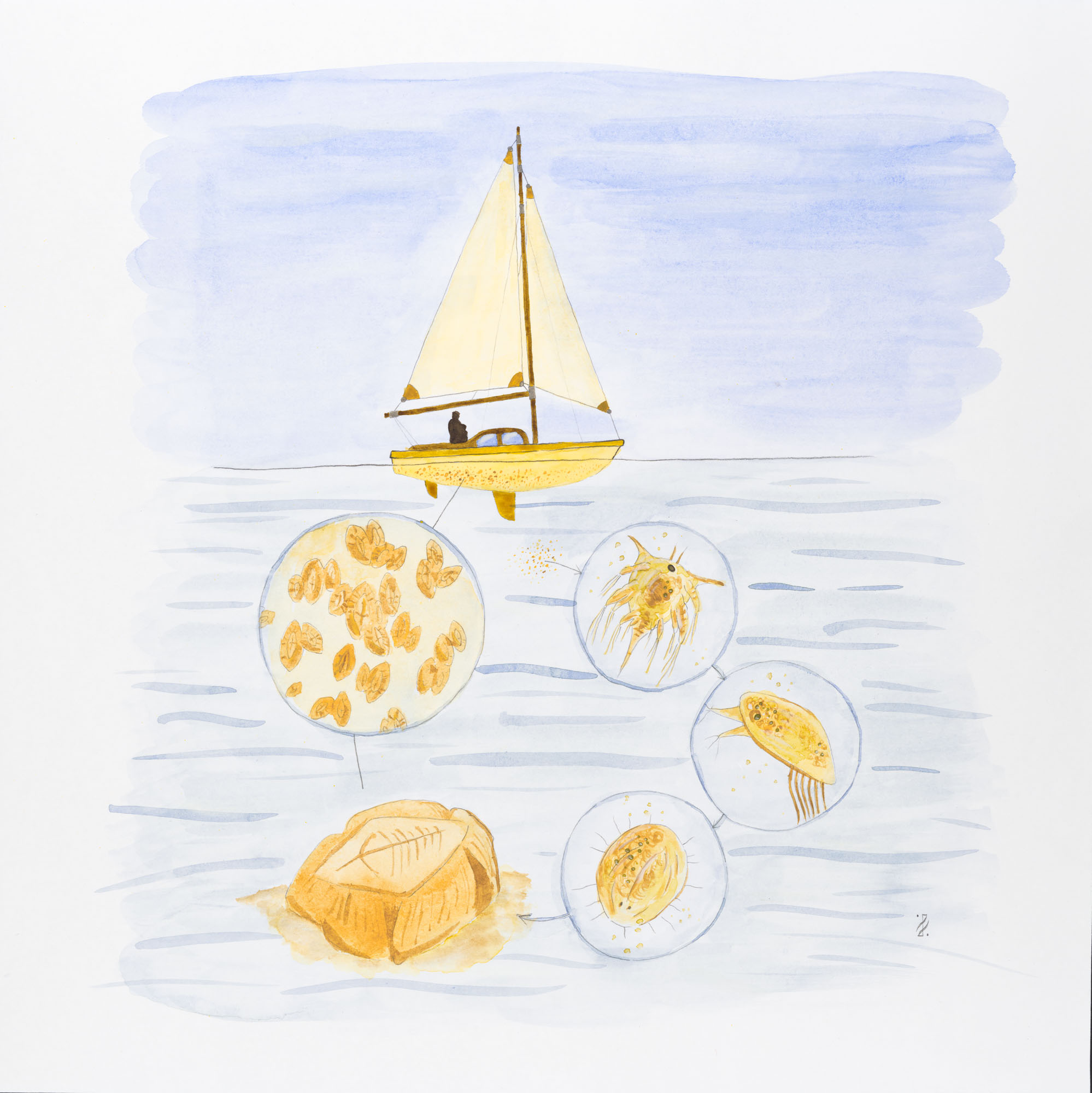
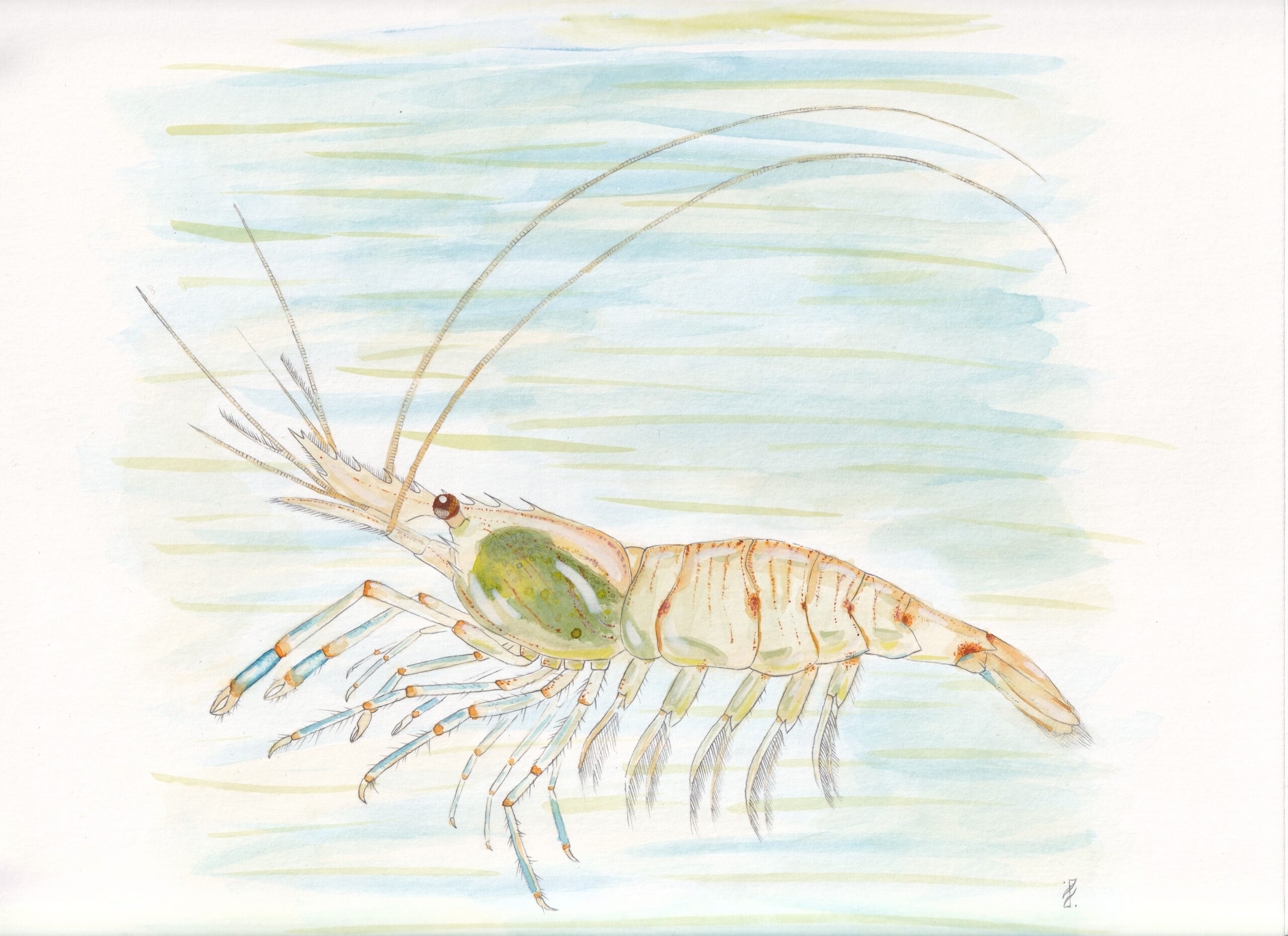
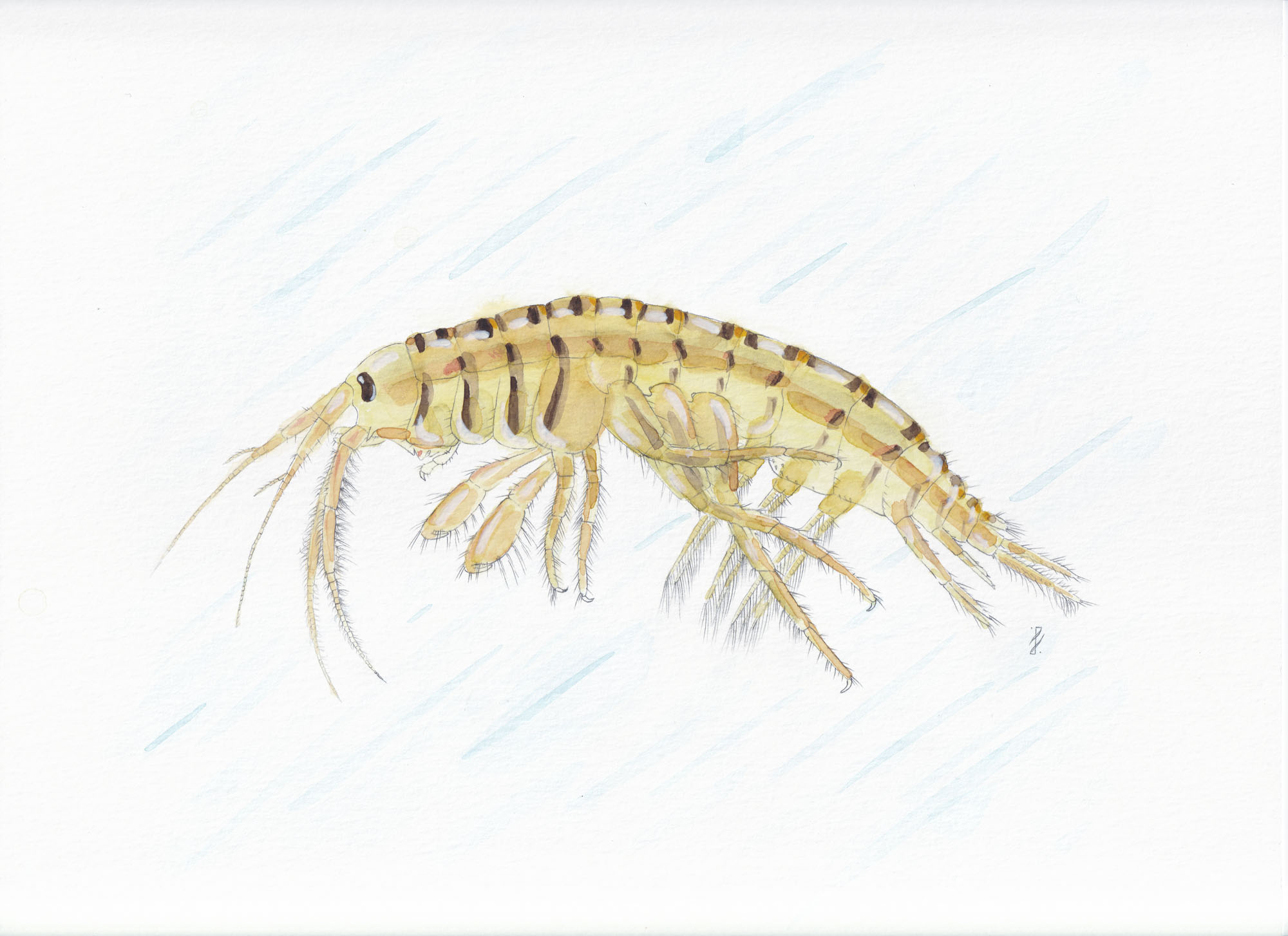
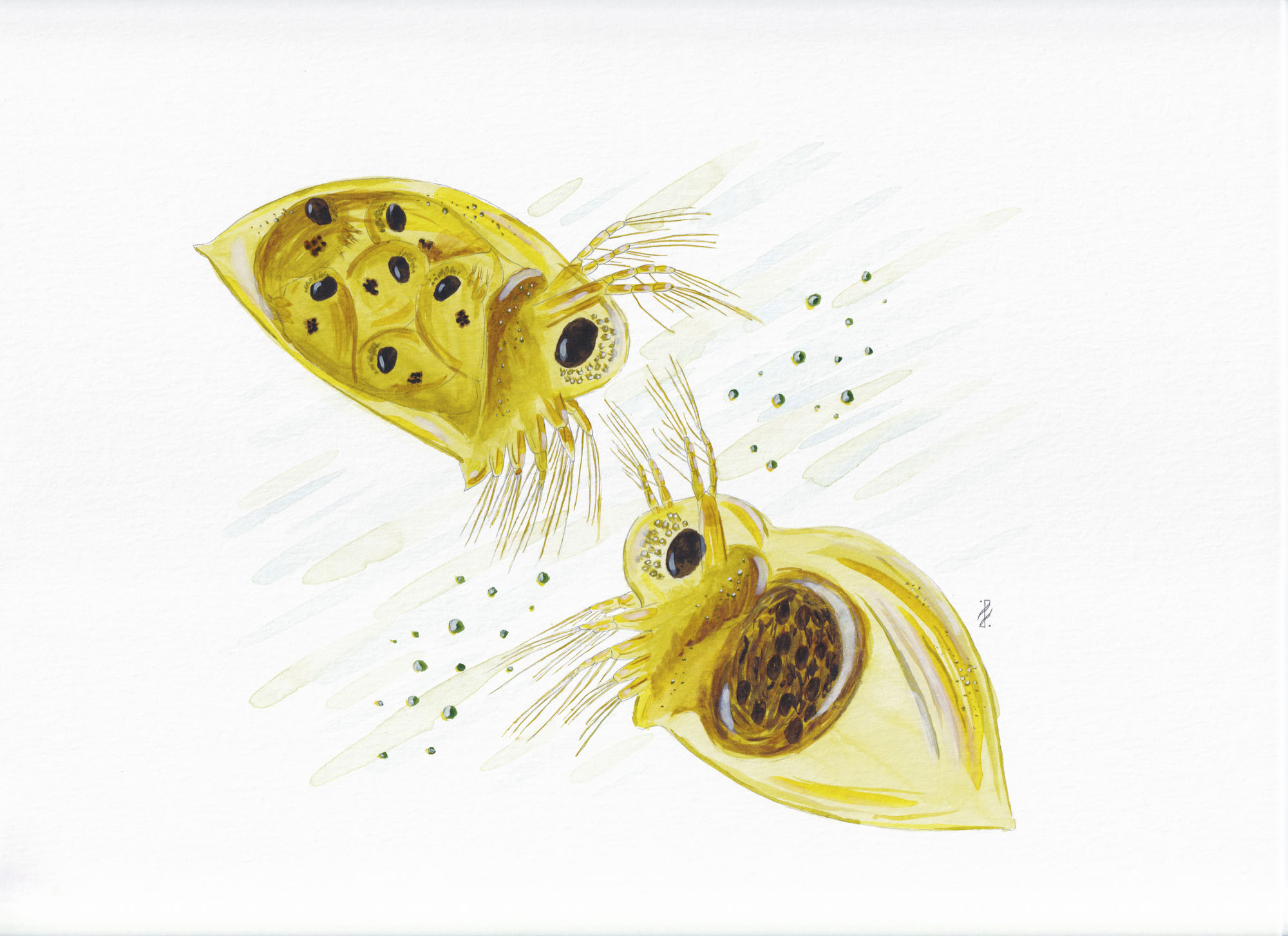
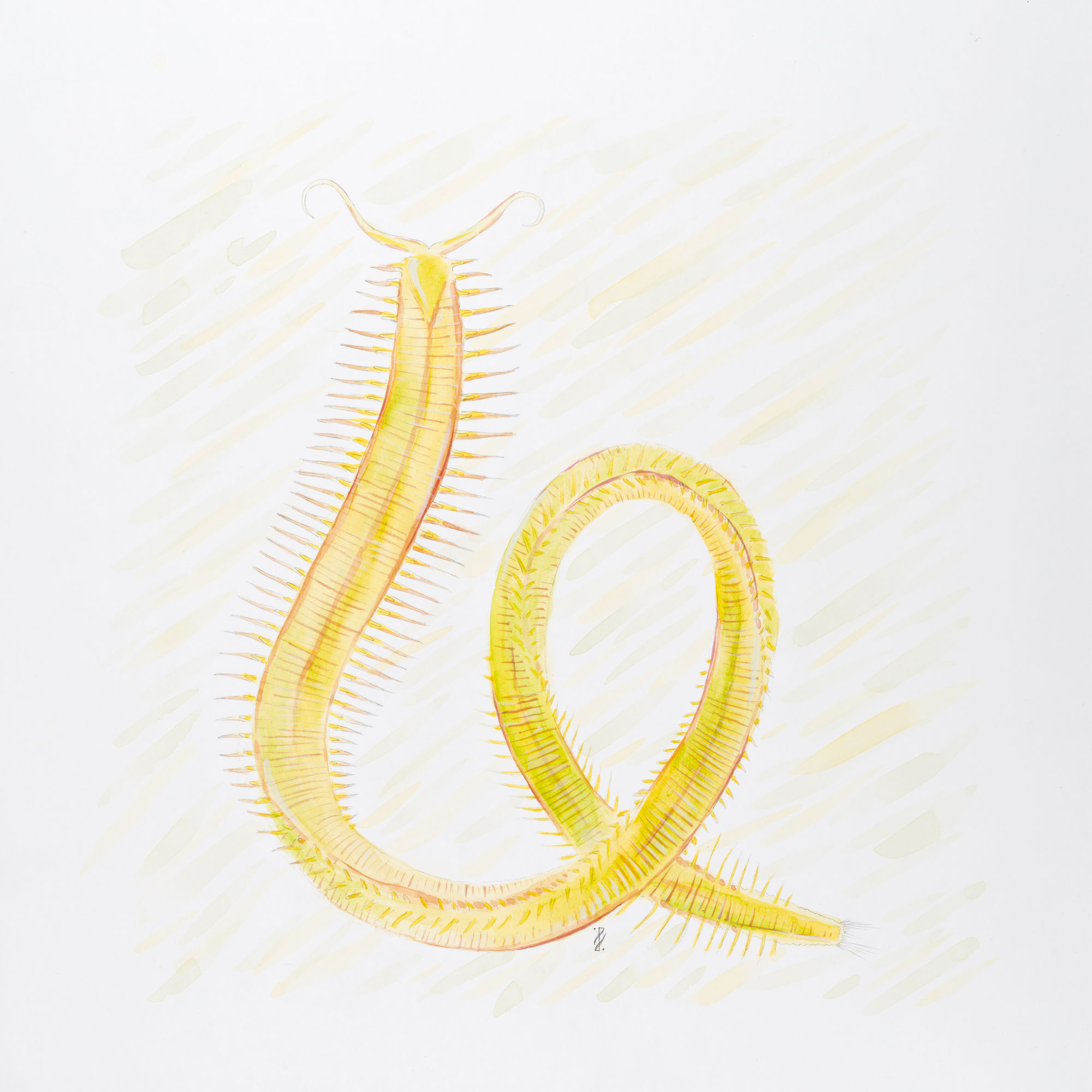
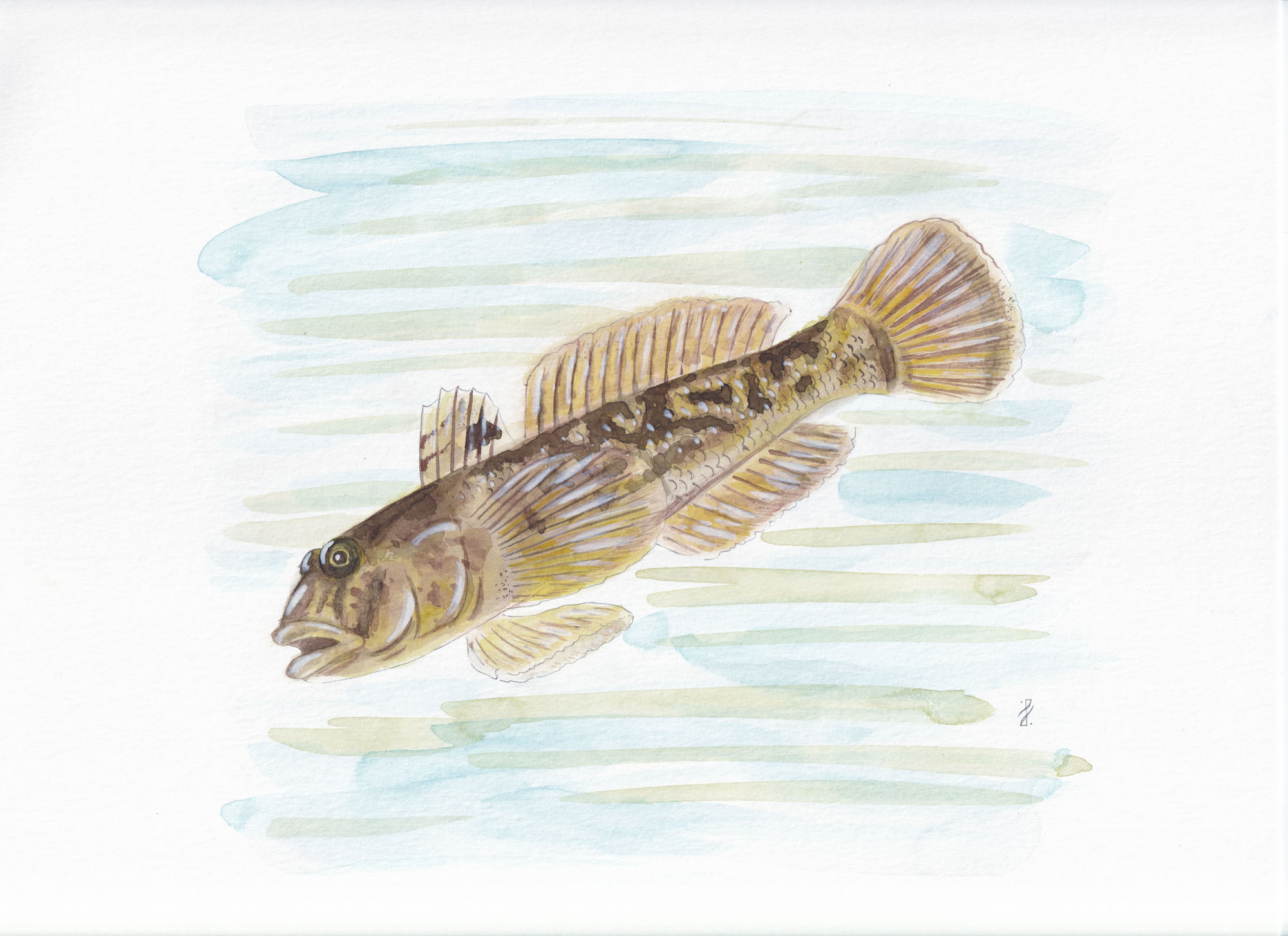
Illustrations from left to right: Harris mud crab larvae (Rhitropanopeus harrisii), Bay barnacle larvae (Amphibalanus improvisus), Grass prawn (Palaemon elegans), tiger scud (Gammarus tigrinus), a small cladoceran (Evadne anonyx; below), a spionid polychaete (Marenzelleria neglecta) and round goby (Neogobius melanostomus). Author: Lennart Lennuk


